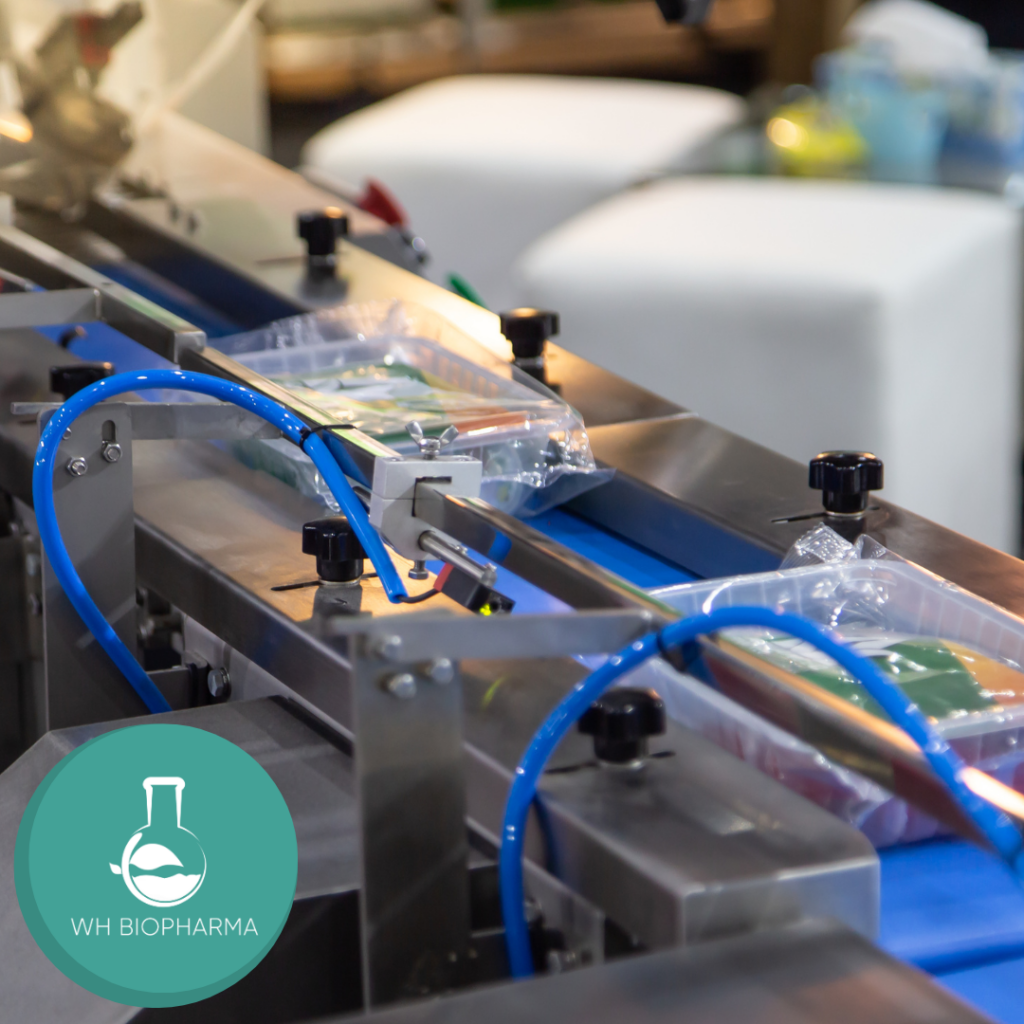The manufacturing industry is experiencing a profound transformation, driven by the rapid advancement of automation technologies. From the early days of mechanization to the current era of Industry 4.0, automation has been an instrumental force in reshaping how products are made, revolutionizing production processes, and redefining the factory of the future.
Automation, fueled by cutting-edge technologies such as robotics, artificial intelligence, the Internet of Things (IoT), and data analytics, is no longer limited to simple repetitive tasks but has evolved into sophisticated systems capable of autonomous decision-making and intelligent collaboration with human workers. This transformative wave of automation is redefining the manufacturing landscape, empowering manufacturers to unlock new levels of efficiency, quality, flexibility, and sustainability.
The Rise of Automation in Manufacturing
The manufacturing industry has undergone a remarkable transformation over the centuries, fueled by technological advancements that have revolutionized production processes and changed the way products are made. Among these innovations, automation stands out as a pivotal force that has profoundly impacted modern manufacturing. From the early days of mechanization to the integration of advanced robotics and artificial intelligence, the rise of automation has reshaped factories, optimized efficiency, and elevated production capabilities to unprecedented levels.
We will discuss the key milestones and innovations that have propelled automation forward, as well as the drivers and advantages that have made it an essential component of the industry. Moreover, we will examine how automation has transformed not only production processes but also the workforce, productivity, safety, and global competitiveness in the manufacturing landscape.
Join us on this journey through time and technology, as we unravel the fascinating story of automation and its pivotal role in shaping the modern manufacturing industry. From the Industrial Revolution to the advent of Industry 4.0, automation has been an instrumental force, leading us to explore its impact on the factory floor, the economy, and the future of manufacturing in an increasingly connected and digitized world.
Key Drivers of Automation in Manufacturing

Efficiency and Productivity: Automation allows manufacturers to streamline processes, reduce cycle times, and increase output. By eliminating human errors and bottlenecks, automation enhances efficiency and productivity in manufacturing.
Quality Control: Automated systems can perform precise and consistent inspections, leading to improved product quality and reduced defects.
Labor Costs and Safety: Automation reduces the need for manual labor in repetitive or hazardous tasks, reducing labor costs and improving workplace safety.
Customization and Flexibility: Modern automation systems are highly adaptable, enabling manufacturers to cater to individual customer demands and rapidly reconfigure production lines for different products.
Global Competition: In an increasingly competitive global market, automation helps manufacturers stay competitive by reducing production costs and lead times.
Types of Automation in Manufacturing
Automation in manufacturing encompasses various types, each tailored to address specific production needs and challenges. These types of automation have evolved over time, driven by advancements in technology and changing manufacturing requirements. Let’s explore some of the key types of automation in manufacturing:
Fixed Automation
Fixed automation, also known as hard automation, involves the use of specialized machines or equipment designed to perform a specific task or set of tasks repeatedly. These systems are typically dedicated to a single product or process and are not easily reprogrammed for different applications. Fixed automation is best suited for high-volume production with little variation in product design.
Programmable Automation
Programmable automation involves the use of computer-controlled machines or robots that can be reprogrammed to perform various tasks and adapt to different product configurations. This type of automation offers greater flexibility compared to fixed automation, making it suitable for applications with moderate production volumes and varying product designs.
Flexible Automation
Flexible automation takes programmable automation to the next level, enabling seamless integration and coordination of multiple machines or robotic systems. This type of automation allows for easy reconfiguration and rapid changeovers, making it ideal for high-mix, low-volume production.
Collaborative Automation
Collaborative automation, also known as human-robot collaboration (HRC), involves the integration of robots that can safely work alongside human operators. These cobots are designed to assist humans in tasks that require strength, precision, or repetitive movements while maintaining safety and avoiding the need for physical separation.
Smart Automation
Smart automation leverages advanced technologies such as Artificial Intelligence (AI), machine learning, and data analytics to optimize production processes and decision-making. These systems can monitor and analyze data in real-time, enabling predictive maintenance, proactive quality control, and resource optimization.
Advantages of Automation in Manufacturing

Automation in manufacturing offers a multitude of advantages that significantly enhance operational efficiency, quality, safety, and overall competitiveness. Let’s explore some of the key advantages:
Increased Productivity: Automation enables continuous production with minimal downtime. Machines and robots can work tirelessly, 24/7, leading to higher output levels and increased productivity. This allows manufacturers to meet growing demands and scale production efficiently.
Improved Quality Control: Automated systems perform precise and consistent inspections, leading to improved product quality and reduced defects. By eliminating human errors and variations, manufacturers can ensure that each product meets stringent quality standards.
Cost Savings: Automation reduces labor costs by replacing human workers in repetitive or physically demanding tasks. Additionally, it optimizes production processes, leading to lower operational expenses and higher resource utilization efficiency.
Enhanced Safety: Automation removes workers from hazardous environments and handles dangerous tasks, reducing the risk of accidents and injuries. This leads to a safer work environment and a lower rate of workplace incidents.
Faster Production: Automated systems operate at higher speeds and with greater accuracy than human labor, resulting in faster production cycles and reduced lead times. Manufacturers can respond quickly to market demands and deliver products to customers more rapidly.
Increased Customization and Personalization: Automation enables mass customization, allowing manufacturers to produce individualized products at scale. By efficiently adapting production lines to cater to specific customer preferences, manufacturers can meet diverse consumer demands effectively.
Data-Driven Decision Making: Automation generates vast amounts of data related to production processes, equipment performance, and product quality. Analyzing this data provides valuable insights for data-driven decision making, process optimization, and resource allocation.
Reduced Waste and Environmental Impact: Automation optimizes material usage, leading to reduced waste and minimal environmental impact. By ensuring precise material handling and minimizing energy consumption, manufacturers can adopt more sustainable practices.
Flexibility and Adaptability: Modern automation systems are highly adaptable and can be reprogrammed or reconfigured quickly to handle different products or manufacturing processes. This flexibility allows manufacturers to respond to changing market demands and fluctuations in product demand.
Global Competitiveness: Automation enhances a manufacturer’s ability to produce high-quality products at competitive prices. By reducing production costs and increasing efficiency, manufacturers can compete effectively in the global market.
The advantages of automation in manufacturing are numerous and transformative, making it a critical driver of innovation and progress in the industry. From increasing productivity and ensuring product quality to improving safety and reducing environmental impact, automation offers a range of benefits that enable manufacturers to stay competitive and thrive in a rapidly evolving world. As technology continues to advance, the role of automation in manufacturing will only become more significant, shaping the future of the industry and enabling manufacturers to embrace new opportunities and overcome challenges.





